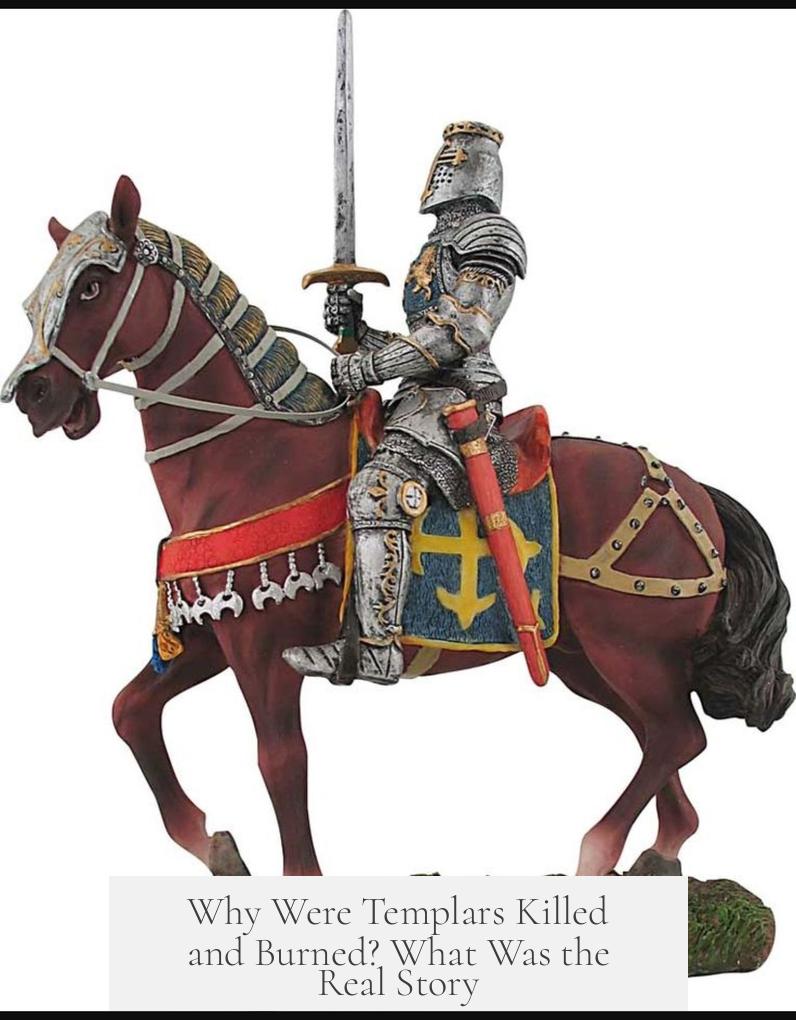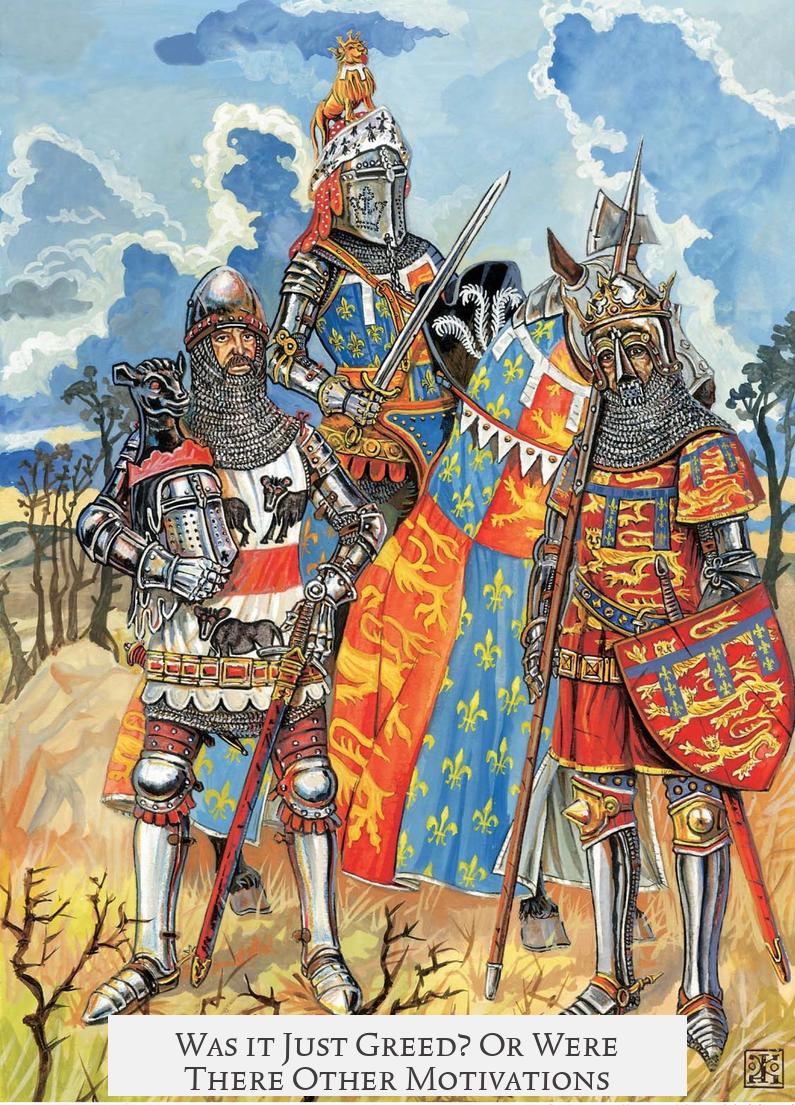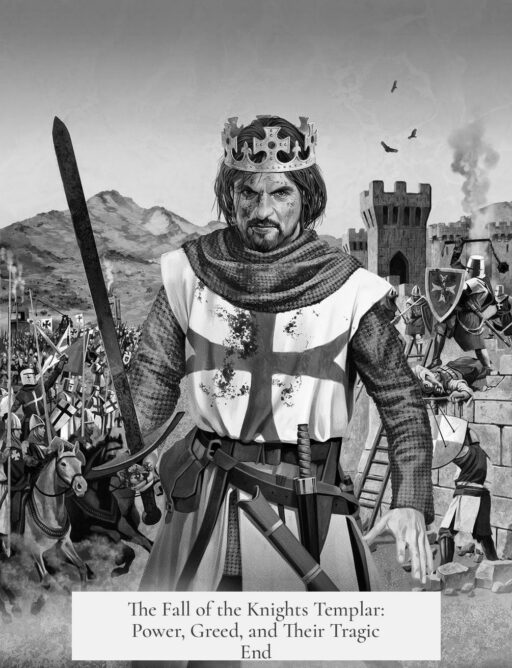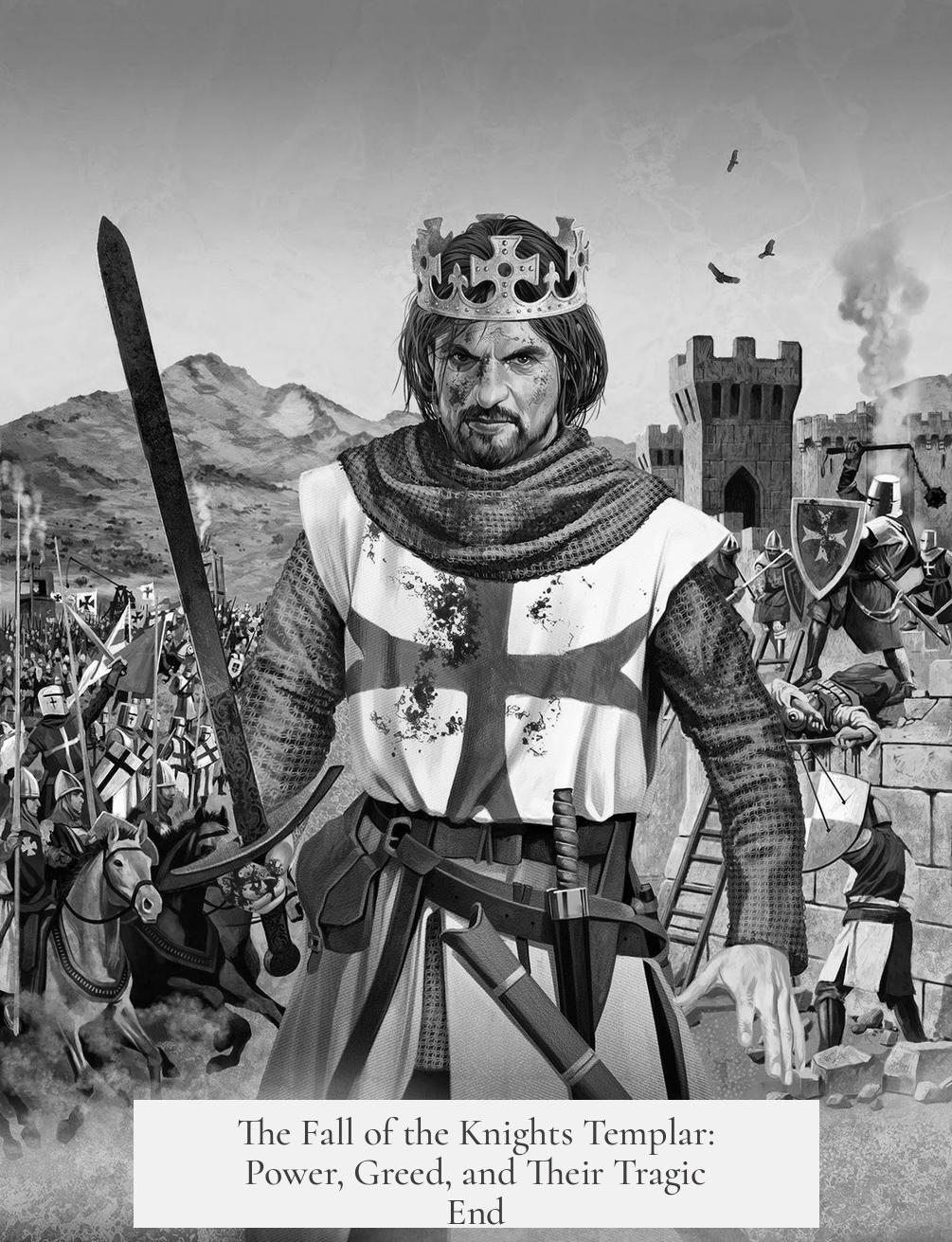The Knights Templar were killed and burned primarily due to political and financial motivations rather than genuine criminal guilt. By the early 14th century, the Templars had amassed significant wealth and power through control of lands, castles, banks, and pilgrimage routes across Europe and the Middle East. Their influence grew to a point where they operated almost independently from the Church, despite nominal Church oversight.
King Philip IV of France faced heavy debts after wars, particularly against England. Deeply indebted to the Templars, he sought ways to erase this financial burden. Philip had already seized Jewish wealth and then turned his attention to the Templars. Leveraging his influence over Pope Clement V, he orchestrated a campaign to discredit and destroy the order.
On October 13, 1307, Philip ordered mass arrests of Templars across France, accusing them of heresy, idolatry, obscene rituals, homosexuality, corruption, and fraud. These accusations were largely baseless and fueled by jealousy and political strategy. Torture was systematically employed to extract confessions, which then justified executions and the suppression of the order.
Under papal pressure influenced by Philip, Pope Clement V dissolved the Knights Templar. This act effectively ended their centuries-old institution. While some suggest the king might have believed some accusations, the dominant view is that false charges served as a tool to seize Templar wealth and consolidate royal authority over the Church and state finances.
- The Templars grew wealthy and powerful, controlling extensive assets.
- King Philip IV aimed to eliminate debt owed to the Templars and assert control.
- False accusations of heresy and other crimes were used to justify arrests.
- Torture secured forced confessions, leading to executions.
- Under Philip’s influence, Pope Clement V disbanded the order in 1312.
The real story highlights a politically motivated purge rather than a truthful criminal prosecution. The demise of the Templars served to shift wealth and power firmly into the hands of the French crown and papal allies.
Why Were Templars Killed and Burned? What Was the Real Story?

The Knights Templar were ruthlessly killed and burned mainly because King Philip IV of France wanted to erase his massive debt to them and seize their immense wealth and power. The real story is never just about religion or heresy; it’s about money, politics, and control.
Let’s dive into this captivating slice of history to uncover why one of the most powerful military orders in medieval Europe met such a fiery end.
The Rise of the Knights Templar: Wealth, Influence, and Independence
By the early 1300s, the Knights Templar weren’t just warrior monks—they had transformed into a formidable financial empire. Their holdings included vast lands, castles, farms, vital pilgrimage routes, and even early banking systems, all spread across Europe and parts of the Middle East. It’s like they were the medieval version of a Fortune 500 company.
Initially formed to protect Christian pilgrims traveling to Jerusalem during the Crusades, their role shifted dramatically when the fervor for crusading dwindled. They began focusing more on accumulating wealth both for the Church and themselves.
So how did a religious order gain such power? Their financial clout allowed them to act independently of the Church to a significant extent. Though they technically answered to the Pope, their autonomy and sheer wealth made them a thorny issue for any ruler who needed control.
King Philip IV: The Man with a Debt Problem and a Political Plan
Enter King Philip IV of France, also known as Philip the Fair. That “fair” nickname doesn’t apply to his handling of the Templars. By 1293, France was deep into conflict with England, thanks to Philip’s many wars. You guessed it—wars cost a LOT of money, and France was swimming in debt, especially owing a massive sum to the Knights Templar.
Before turning on the Templars, Philip had already targeted Jews in France, labeling them a “state within a state” and confiscated their wealth to fund his military endeavors. But when that wasn’t nearly enough, he looked toward the Templars’ treasure trove.
Now, here is where the twist thickens: Philip didn’t just storm the Templars’ vaults with soldiers. He politically leaned on Pope Clement V, whom he effectively controlled at the time. That’s a real-life lesson on how kings manipulate popes when the chips are down.
Charges, Torture, and the Demise of the Order
With papal backing, Philip launched a coordinated attack on the Templars on Friday the 13th, 1307—a date infamous to this day. The knights were arrested en masse and accused of heinous crimes like heresy, idolatry, obscene rituals, and even homosexuality. These allegations were shockingly broad and wildly improbable.
One dark aspect of this tragic chapter is the use of torture. Under tremendous physical and psychological pressure, many Templars confessed to crimes they likely never committed. These torture-induced confessions became the legal groundwork to justify brutal executions and the eventual disbandment of the order by Pope Clement V.
The brutal unraveling went beyond simple justice; it was a calculated move. The resulting witch hunt effectively ended the Templars’ powerful presence from Christendom within a few years.
Was it Just Greed? Or Were There Other Motivations?

Simple greed is a powerful motive, but there’s more to the story. King Philip IV also wanted to consolidate political power, especially over the Church. Destroying the Templars eliminated one of the few forces that could challenge royal authority and influence the papacy.
Interestingly, it’s possible Philip and some Church officials genuinely believed the heresy charges. Remember, superstition and paranoia thrived in medieval Europe. But this belief likely served as a useful veil for their true intentions.
The Big Picture: More Than Just a Medieval Scandal
The Templars’ fiery fate teaches us a lot about the blend of politics, religion, and finance during medieval times. Wealthy institutions like the Templars were not only military but financial powerhouses. And when you owe money to someone with deep pockets and tons of power? Sometimes, you don’t just default on a loan; you destroy the lender.
King Philip IV’s decisive and ruthless actions show us how money can drive historical events that are often remembered only for their drama or religious implications.
What Can We Learn from the Templars’ Tragedy?
- Watch out when dealing with powerful moneylenders. History proves that owing money to an independent organization with power is risky business.
- Beware political puppetry. The papacy wasn’t immune to manipulation by worldly kings hungry for power.
- Don’t confuse accusations with facts. Torture and coerced confessions were often used to justify agendas rather than uncover truth.
- Money, politics, and accusations are an old, potent cocktail. And sometimes, it’s the least expected players who get caught in the crossfire.
So, next time you hear about Templars being “heretics,” remember—there’s more to the story than that tagline. It’s essentially a medieval thriller powered by power plays, political debt, and the dark art of reputation-smashing. And all topped off with a plot twist: they were stopped not by swords, but by cunning and fire.
Why were the Knights Templar targeted by King Philip IV?
King Philip IV was deeply in debt to the Templars after wars with England. He aimed to eliminate this debt and took control over their wealth by accusing them of heresy and pressing the Pope to act against the order.
What role did the Pope play in the Templars’ downfall?
Pope Clement V, influenced by King Philip IV, agreed to arrest the Templars and later disbanded their order. The Pope’s cooperation was crucial in legally justifying the persecution.
Were the accusations against the Templars true?
Most accusations like heresy, idolatry, and obscene rituals were based on forced confessions extracted by torture. Modern historians view these charges as largely false and politically motivated.
How were confessions obtained from the Templars?
Many Templars were tortured to confess. These confessions were used as evidence to justify executions and the destruction of the order, despite their questionable validity.
What was the real reason for the Knights Templar being killed and burned?
The real motive was King Philip IV’s desire to erase his debt and gain control over the Templar wealth. He used the church and false accusations to destroy a powerful organization that threatened his influence.



